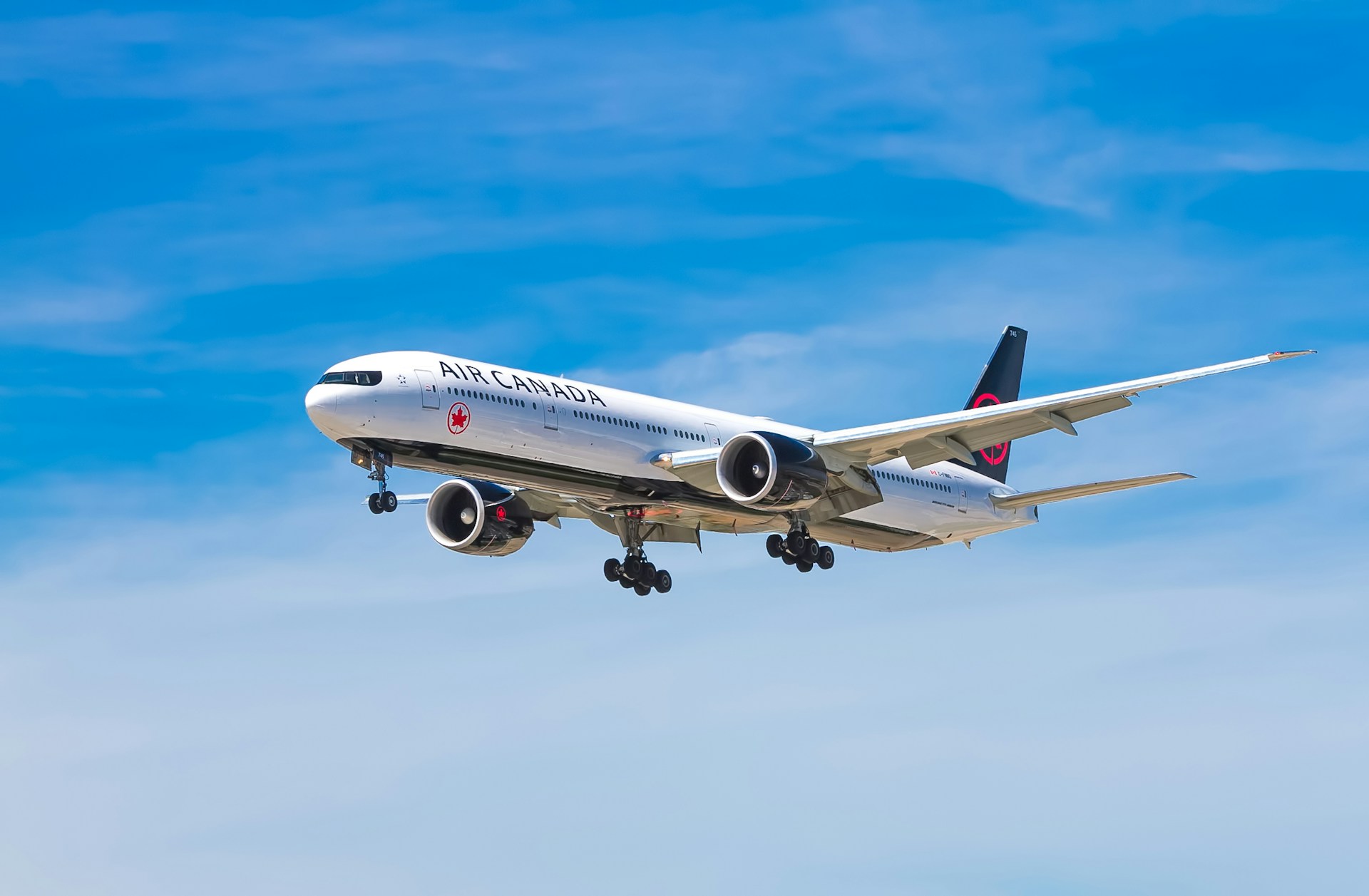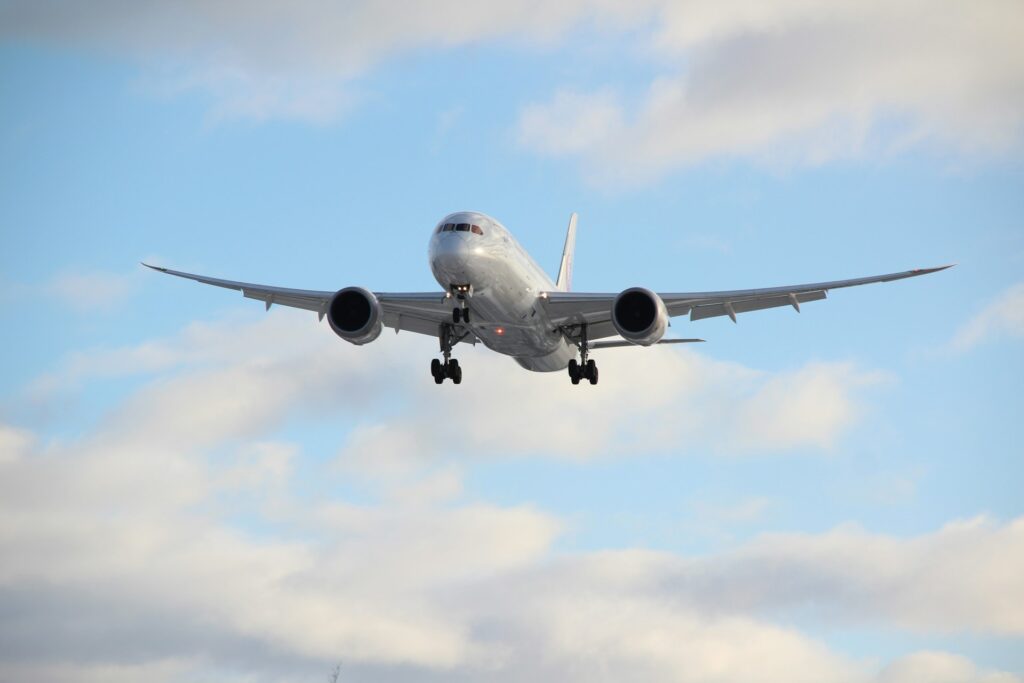Dr. Carmen Guerra-Garcia, Associate Professor of Aeronautics and Astronautics at the Massachusetts Institute of Technology (MIT), is leading a research team that has created a new physics-based lightning prediction tool to help design safer aircraft for the future.
Jenkins, N. A., Michael, L., Westin, B. A., & Guerra-Garcia, C. (2025). A Physics-Based Approach to Aircraft Lightning Zoning: Zone 2. IEEE Access, 1–1. https://doi.org/10.1109/ACCESS.2025.3628197
More than 70 aircraft are struck by lightning every day. While most passengers never notice, protection systems are currently designed around traditional tube-and-wing aircraft. As the aviation industry explores unconventional configurations such as blended-wing bodies and truss-braced wings, new methods are needed to predict how lightning interacts with these complex shapes.
Guerra-Garcia’s team developed a computational model that simulates how lightning attaches to an aircraft and how it sweeps across the surface. The model then produces lightning zoning maps showing which areas are most vulnerable and require specific protection levels. This marks a shift from relying on decades of flight data to using physics-based analysis, making it possible to design protection systems for aircraft that have never flown before.
Dr. Carmen Guerra-Garcia, Associate Professor of Aeronautics and Astronautics at the Massachusetts Institute of Technology (MIT) stated,
“People are starting to conceive aircraft that look very different from what we’re used to, and we can’t apply exactly what we know from historical data to these new configurations because they’re just too different. Physics-based methods are universal. They’re agnostic to the type of geometry or vehicle. This is the path forward to be able to do this lightning zoning and protect future aircraft.”
Graduate student Nathanael Jenkins, the paper’s lead author, explained that traditional protection, such as embedding copper mesh or foil, adds significant weight. Optimizing protection zones could reduce this burden while maintaining safety standards.
To validate their approach, the researchers tested the model on a conventional aircraft geometry and found that the results matched existing industry zoning data. With this confirmation, the team is now applying the tool to next-generation aircraft concepts.
Dr. Guerra-Garcia emphasized that the tool provides measurable data, such as lightning attachment probability and dwell time, which can be translated into practical design guidance. The study, co-authored with Louisa Michael and Benjamin Westin from Boeing Research and Technology, represents an important step toward integrating simulation-based standards into aviation safety certification.
The team also plans to adapt the model for other industries, such as wind energy, where lightning strikes account for nearly 60% of turbine blade losses. As wind farms move offshore, larger blades will become even more vulnerable a challenge the MIT group hopes to address using similar physics-based approaches.
The research, published in IEEE Access, underscores how physics-driven simulation could redefine lightning protection for aircraft and renewable energy systems alike. Dr. Guerra-Garcia’s work not only supports aviation’s transition to new designs but also sets a foundation for future aerospace certification practices grounded in physics rather than experience.

Adrian graduated with a Masters Degree (1st Class Honours) in Chemical Engineering from Chester University along with Harris. His master’s research aimed to develop a standardadised clean water oxygenation transfer procedure to test bubble diffusers that are currently used in the wastewater industry commercial market. He has also undergone placments in both US and China primarely focused within the R&D department and is an associate member of the Institute of Chemical Engineers (IChemE).



